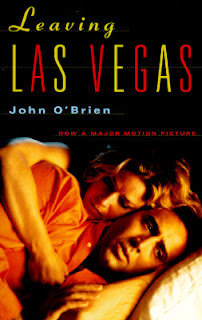I've already posted about college baseball. Now how about some Major League action, especially since opening day is this weekend? Give it to me, Bleacher Report: what's on tap for the very first game of the season?
Major League Baseball will open its season with a battle of Texan teams, as the perennially contending Texas Rangers travel to face the perennially cellar-dwelling Houston Astros on Sunday night. Both teams come into 2013 with a lot of questions. Can the Rangers overcome major losses in their lineup in the tough AL West with the Los Angeles Angels of Anaheim and Oakland Athletics nipping at their heels? Can the Astros win 60 games?
Can the Astros win 60 games? Could a worse opening match-up have been made? Is there a reason the opening game doesn't feature headline teams like the Tigers, Yankees, or World Champion San Francisco Giants?
To escape from reality (highly recommended for any Astros fans) into the pages of a good book, try Calico Joe by John Grisham:
In the summer of 1973 Joe Castle was the boy wonder of baseball, the greatest rookie anyone had ever seen. The kid from Calico Rock, Arkansas dazzled Cub fans as he hit home run after home run, politely tipping his hat to the crowd as he shattered all rookie records. Calico Joe quickly became the idol of every baseball fan in America, including Paul Tracey, the young son of a hard-partying and hard-throwing Mets pitcher. On the day that Warren Tracey finally faced Calico Joe, Paul was in the stands, rooting for his idol but also for his Dad. Then Warren threw a fastball that would change their lives forever…
If you prefer a classic, you might like The Natural by Bernard Malamud:
The Natural, Bernard Malamud’s first novel, published in 1952, is also the first—and some would say still the best—novel ever written about baseball. In it Malamud, usually appreciated for his unerring portrayals of postwar Jewish life, took on very different material—the story of a superbly gifted “natural” at play in the fields of the old daylight baseball era—and invested it with the hardscrabble poetry, at once grand and altogether believable, that runs through all his best work.
I'm going to take a break from posting for a few days. I'm thinking of drawing up a "best of" list of the books mentioned in the March posts. I'll be back on Monday.




.jpeg)























